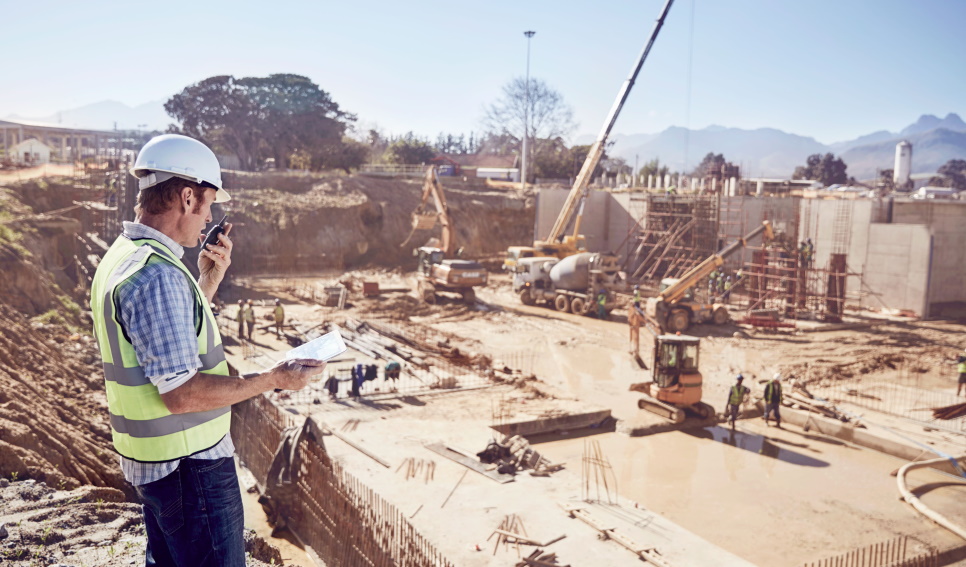Why Is Soil Testing Crucial for All Construction Sites?
- Written by NewsServices.com

If you've ever visited a building site, you'll note that it's always incredibly active, with multiple tasks going on at the same time. Although some of these activities may seem insignificant, they are all required for the construction process to run well. In fact, ignoring these modest but critical chores will make achieving exceptional outcomes nearly difficult. This is why construction sites frequently have a diverse group of people working together to ensure the project's success.
However, while these minor activities are significant, some major responsibilities are far more necessary for the success and quality of any building project. Soil testing and treatment is one of the most important tasks in ensuring a smooth construction process. As a result, this article will clarify this notion as well as the many soil testing procedures used on construction sites.
Soil Testing in Construction: What Is It and Why Is It Necessary?
Soil testing is the first and most important stage in preparing a construction site. It is required because it aids the builders in determining whether the soil can offer a strong foundation for the structure to be constructed. It entails doing many tests on the soil to determine variables such as soil texture, water levels, extra elements, chemical content, soil density, and so on.
Construction businesses understand the importance of soil testing, which is why they never skip this phase. Let's take a look at some of the reasons for soil testing on building sites.
-
* Soil testing aids in determining if the site can sustain the weight of the structure
-
* It aids in determining soil stability
-
* It helps in identifying how deep the foundation can go, and
-
* It helps determine the amount of water present in the soil
Soil Testing Techniques
Several soil testing methods have been developed over time, and they are frequently used to determine various soil characteristics. As a result, soil testing methods are frequently classified by the test, which includes:
1. Gravity Test: This test is used to determine the weight of the soil on a construction site and is standard in construction sites. In this test, the density bottle method is employed to provide accurate results, and it entails four phases.
-
* Empty weight
-
* Empty + dry soil
-
* Empty + water + dry soil
-
* Empty + water + dry soil
-
* Water-filled Pycnometer
2. Moisture Test: This is done in a few simple steps to assess the moisture levels. A dirt sample is weighed and dried in an oven. After 24 hours, it is taken out of the oven and tested again. The moisture content is thought to be the difference between the two figures.
3. Atterberg Limit Test: This is one of the last tests performed, and it is used to determine soil limitations. This test looks at the following limits:
-
* Limits on liquids and plastics
-
* Maximum shrinkage
Conclusion
Preparing a site for building entails several procedures, each of which is necessary to ensure that the project is stable and well-rooted. However, in order to determine the soil strength, a soil test must first be performed, and the various procedures are discussed in this page.
The PSA Group provide a range of environmental management services that include soil and water analysis and testing, polluted water removal and disposal, along with other crucial environmental monitoring and construction services, including wellpoint dewatering services.


